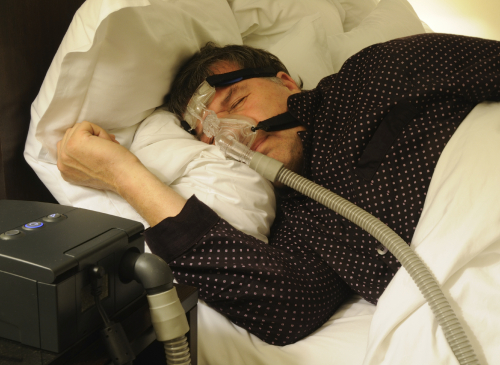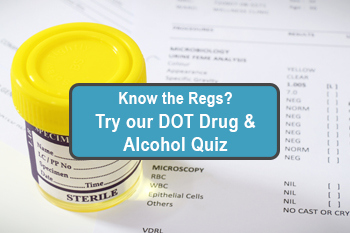
FMCSA Withdraws Sleep Apnea Rule for the Foreseeable Future
posted in Alerts by Brian Gray
FMCSA Withdraws Sleep Apnea Rule for the Foreseeable Future
Most in the trucking industry knew that the Sleep Apnea rule was receiving a lot of push-back in the last year. As we assumed back in January, the push-back was effective in shelving this rule-making for the foreseeable future, as the DOT did not indicate when it would attempt to pursue such a rule, if at all.
So let’s quickly walk through where the rule was and what driver’s with sleep apnea should do today.
What is Sleep Apnea?
Sleep apnea is a breathing-related sleep disorder that causes brief interruptions of breathing during sleep. These pauses in breathing can last at least 10 seconds or more and can occur up to 400 times a night.
 Sleep apnea is a serious, potentially life-threatening condition that often goes unrecognized and undiagnosed. In order to diagnose sleep apnea, your doctor may send you to a sleep center for testing. You may be asked to spend a night at the center, where experts will monitor your sleep.
Sleep apnea is a serious, potentially life-threatening condition that often goes unrecognized and undiagnosed. In order to diagnose sleep apnea, your doctor may send you to a sleep center for testing. You may be asked to spend a night at the center, where experts will monitor your sleep.
According to the National Transportation Safety Board (NTSB), fatigue can be just as deadly in transportation as alcohol and drug impairment, and fatigued drivers and operators regularly cause accidents. Finding and treating fatigue-related medical issues and knowing the fatiguing effects of medications are part of the solution.
Where was the Sleep Apnea rule before this latest announcement?
In August 2016, FMCSA’s Medical Review Board outlined recommendations they hope to require truckers to be screened for sleep apnea.
The board based its recommendations on multiple public meetings, in which board members heard testimony from truckers and industry advocacy groups, along with expert testimony from doctors.
The meetings and the formal questionnaire were not only initiated to determine what a sleep apnea rule may look like, but to determine if a rule was needed at all. Recommendations to require a trucker screened for sleep apnea:
- (1) has a body mass index greater than 40, OR
- (2) has a body mass index greater than 33 and meets threeof the following:
- age > 42,
- is male,
- is a postmenopausal female,
- has diabetes,
- has high blood pressure,
- has neck size > 17in(males) or 15.5in(females),
- has history of heart disease,
- snores loudly,
- has witnessed apneas,
- has small airway,
- has untreated hypothyroidism or has micrognathia or retrognathia.
Upon review of all public comments, FMCSA has determined there is “not enough information available to support moving forward with a rulemaking action and so the rulemaking will be withdrawn”. The rule is not proceeding until FMCSA restarts the rulemaking process.
So, where do commercial drivers stand now?
Truck drivers who have been diagnosed with obstructive sleep apnea should not toss their CPAP machines away. A certified medical examiner may still request that a truck driver undergo a sleep study.


FMCSA gives medical examiners authority to make determinations and decisions based on their medical knowledge, the results of the driver’s physical examination, and the current medical standards of practice.






